Why Don't We Stop?

Why don't we stop?
Because it's hard.
Because we're terrified of what is buried beneath the busyness of our lives and too fearful to face it.
Because we're afraid that underneath it all could be a caring, understanding, and tender version of ourselves, that knows our complete deserving of happiness, love, and safety.
But instead we continue to believe the stories we adopted during childhood, as told by our families and society.
Why do we choose to believe stories about ourselves that keep us feeling small?
Often it is because we don't recognize that we actually do have a choice in how we live our lives day to day, in the present moment.
We are in control of our reactions to events occurring outside our physical bodies. A realization that, in turn, causes us to begin to notice the space and openness that exists within.
Because, you see, there is room for it all when we can tap into the awareness that we are.
This is the practice of mindfulness. It involves accessing the part of ourselves that is the great witness to whatever is going on, both internally and externally. It doesn't matter if you have no experience whatsoever with meditation. With a constant recommitment to the present, you are able to access this place.
The first step is noticing when your body is about to enter into reaction mode, or fight or flight. Symptoms of this include blood pumping, heart racing, teeth clenching, and thoughts racing. As soon as we feel the oncoming of reactivity, we take what my favorite Buddhist speaker Tara Brach calls "the SACRED PAUSE." This three-step process begins by taking a deep breath in… pausing... and taking a deep breath out.
The breath is the bridge from the external world to the internal world and a tool we have in our toolbox to help us relax.
The second step to the sacred pause is to intentionally relax all of the muscles that you noticed clenched up as an immediate response to the stimulus, i.e., any muscles that have experienced unnecessary tension.
The third step is to allow. This is the part when we remember that we are not our thoughts and emotions present; rather, we simply have these thoughts and emotions. They do not own us and we are not victim to them unless we choose to be. To allow is to bare witness to what is present, without reacting.


